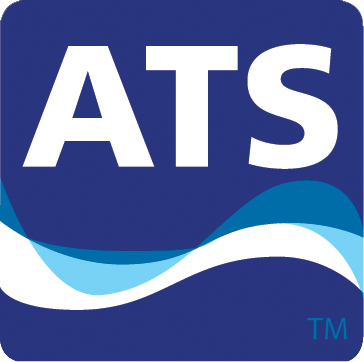Since the 2009 revision of the ANSI Z358.1 standard for safety showers and eyewashes, all flushing fluid used in safety showers and eyewashes must be in the “tepid” temperature range of 60°F (15.6°C) to 100°F (3.78°C). The importance of this change cannot be overstated. Water less than the lower limit of this range is so cold that an accident victim will find it very difficult to stay in the drench/wash for the medically-recommended treatment of a minimum of 15 continuous minutes. Also, in certain circumstances, drenching an accident victim for 15 minutes in colder than 60°F (15.6°C) can result in a risk of hypothermia, which is a life-threatening condition in which body systems can begin to shut down.
In order to heat the water in a tank-fed safety shower, the most common method is to use an electric immersion heater. Such heaters are available in almost any voltage, the most common being 120VAC and 240VAC. They are available in non-classified (for non-explosive environments) and in Class 1 Division 1 and 2 versions for sites that require spark suppression. These immersion heaters feature a heavy duty head with wiring and thermostat controls which sits on the outside of the water tank wall, allowing easy access for simple repairs or adjustments. Immersion heaters include an operating thermostat which allows the user to choose an operating set point. Most models also include a high-limit switch which kills current to the heater if the heater element reaches a certain high temperature limit. Typically, such a high limit temperature would be reached if the water level in the tank reached a low point in which the heater element would be exposed to open air inside the tank.
Another method of heating the tank water is by the use of a steam heat exchange system. In some industrial situations, steam is readily available and electricity is at a premium. In these cases, a steam heat exchange system can be set up to utilize steam to heat and maintain the compliant temperatures needed for safety showers and eyewashes.
Of course, in warm climates, the need to heat water can be replaced by the need to cool the water in the tank to below 100°F (37.8°C). In these cases, water chillers are used, instead of, or in conjunction with, immersion heaters.
